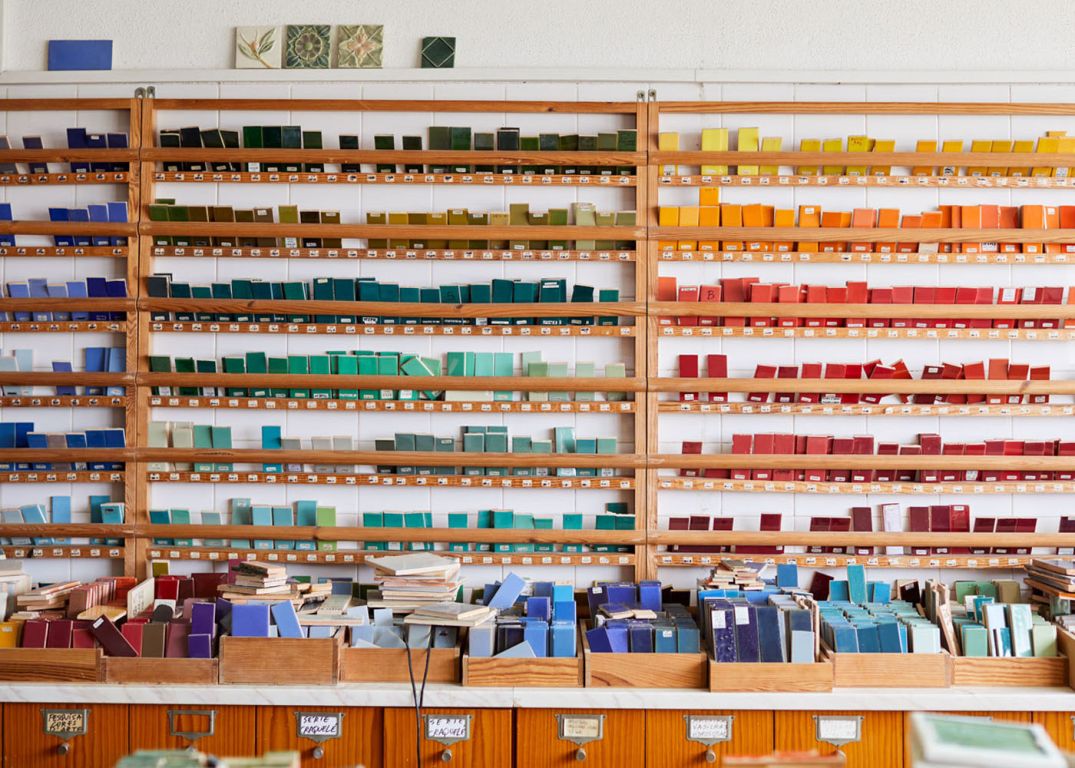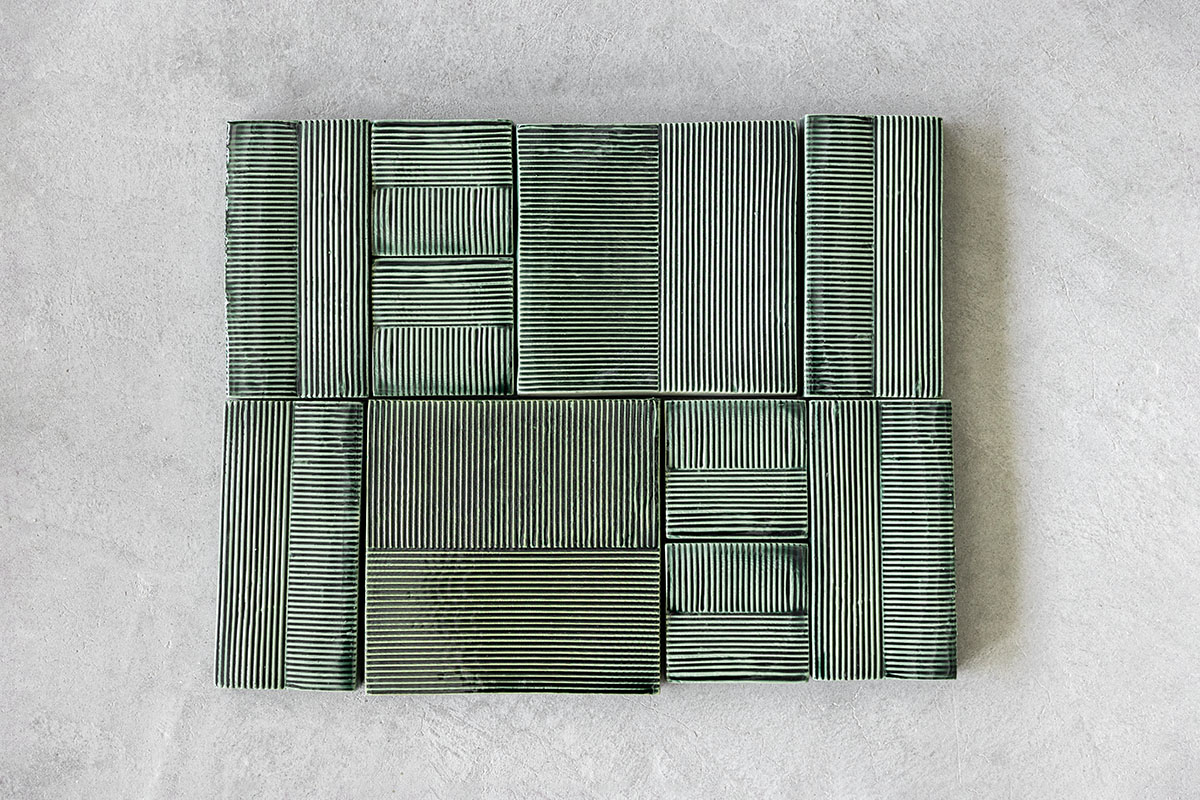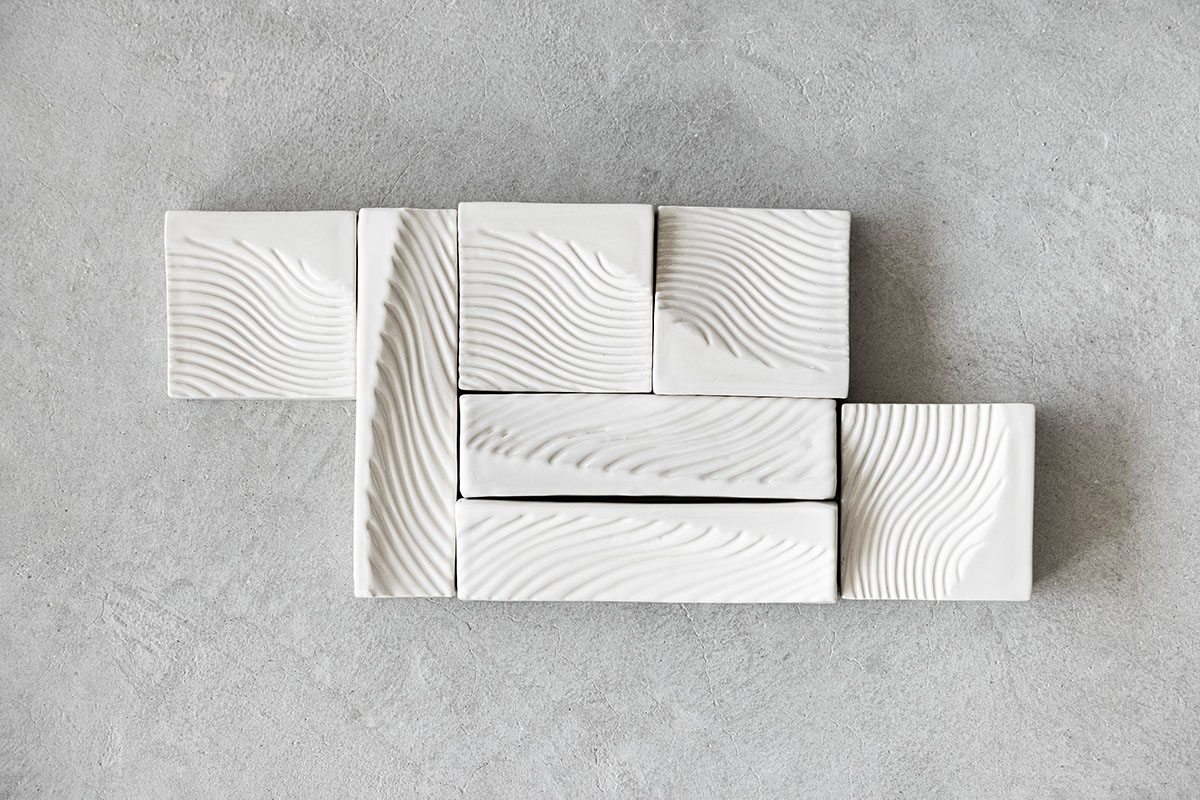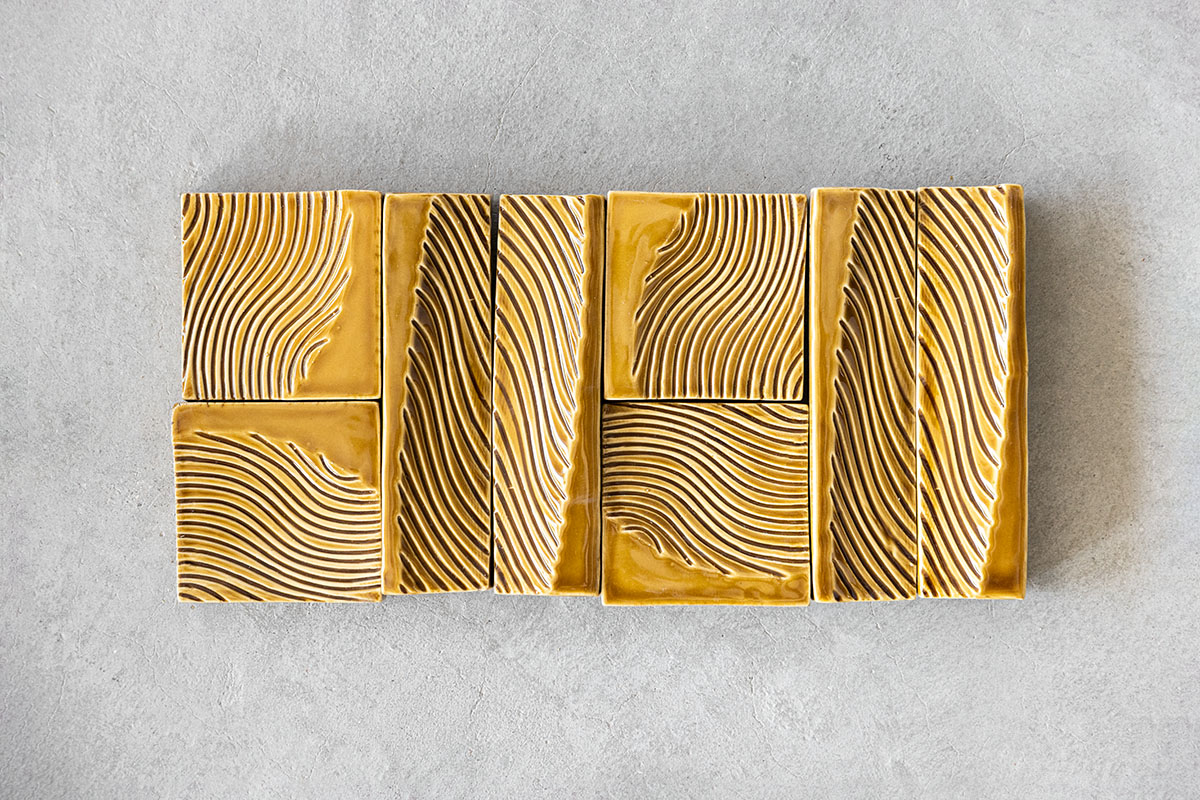In the tradition of Portuguese tiles, Viúva Lamego continues to reinvent its ceramic heritage with a contemporary, collaborative vision. Turbilhão had the exclusive opportunity to visit the brand’s atelier and discover the new Colinas and Marola collections, two creations that celebrate the versatility of tiles and their ability to dialogue with international design.
Viúva Lamego once again surprises by uniting centuries of artisanal savoir-faire with the sculptural language of Republic of II by IV, an industrial design studio based in Toronto. This marks the brand’s first-ever collaboration with an international design studio, a meeting of tradition and innovation that reaffirms Viúva Lamego’s role as an ambassador of Portuguese design.
From this partnership emerged two distinct yet complementary interpretations of ceramics: Colinas and Marola. Inspired by the folds of pleated fabric, Colinas is a modular tile collection where vertical and horizontal grooves create rhythmic patterns of light and shadow, echoing the contours of hills and the fluidity of movement. “These collections are as much about form and texture as they are about legacy,” said Keith Rushbrook, partner at Republic of II by IV, during the presentation.
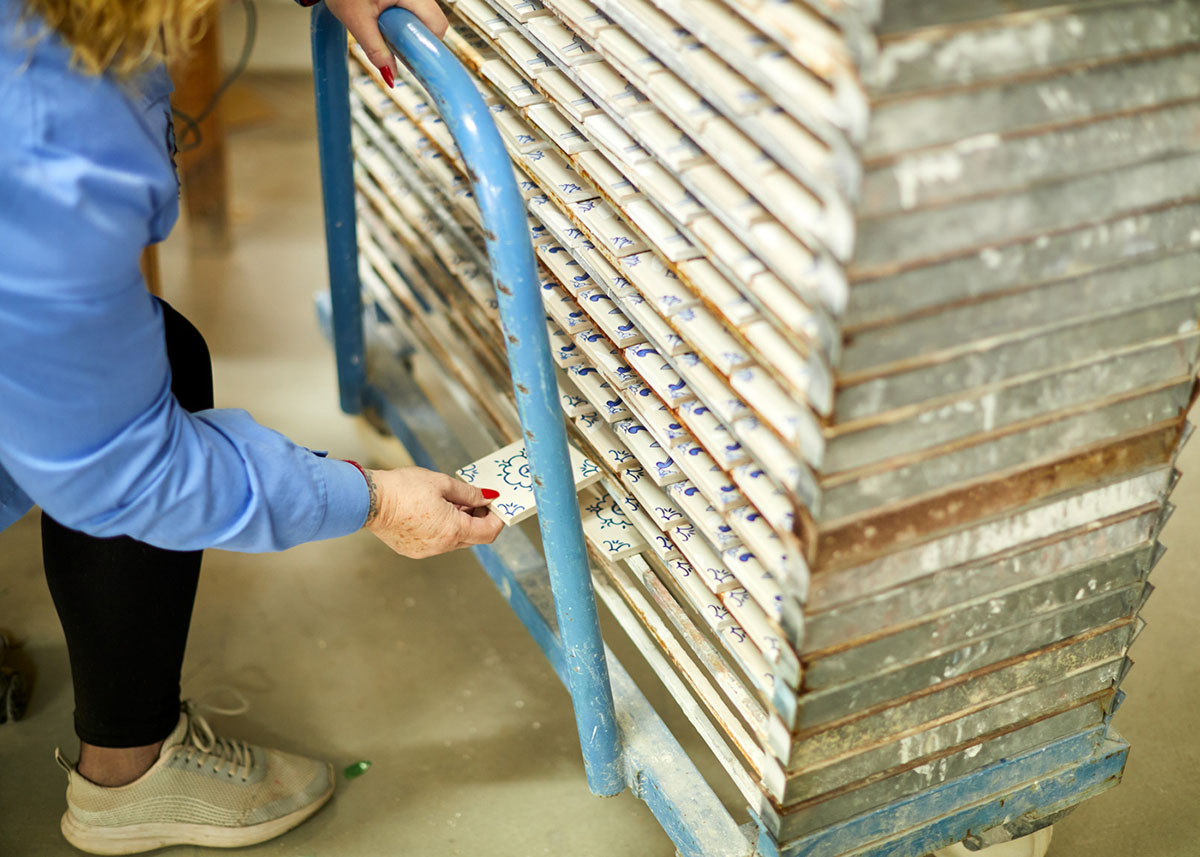

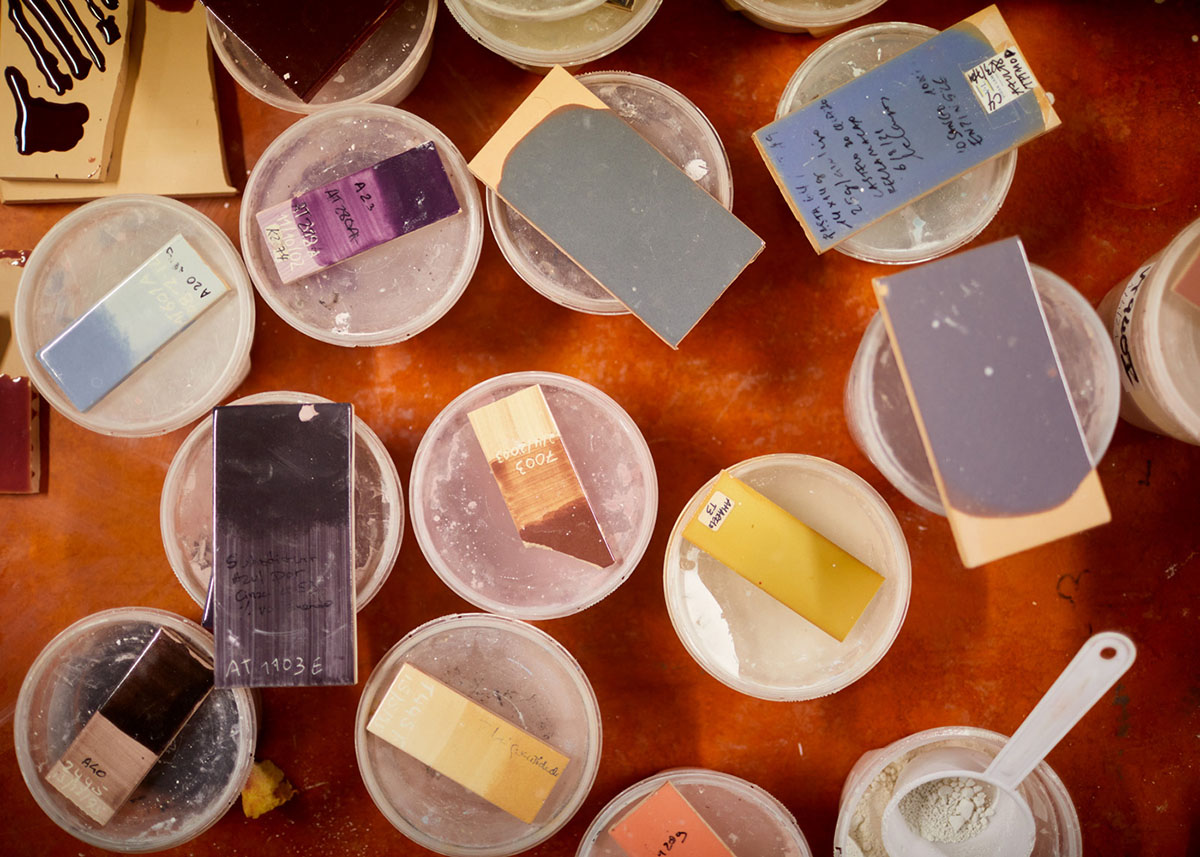

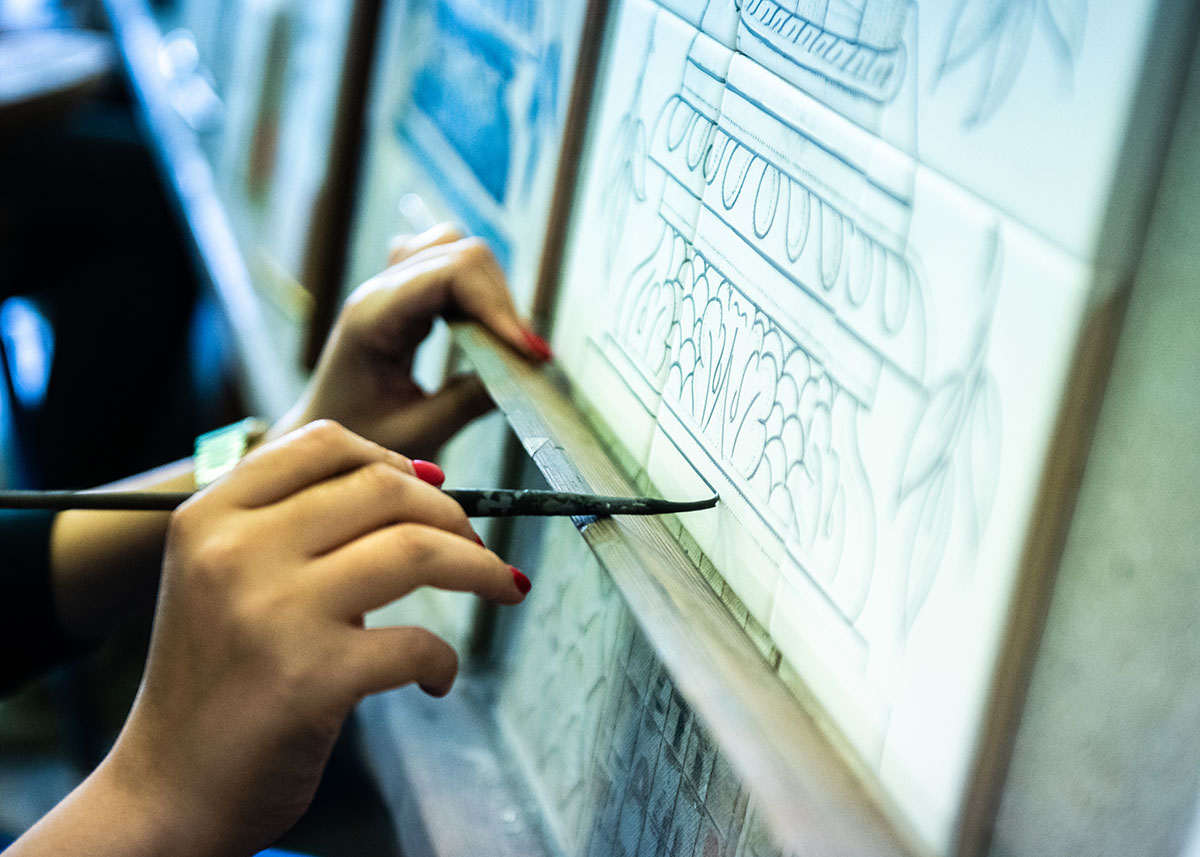

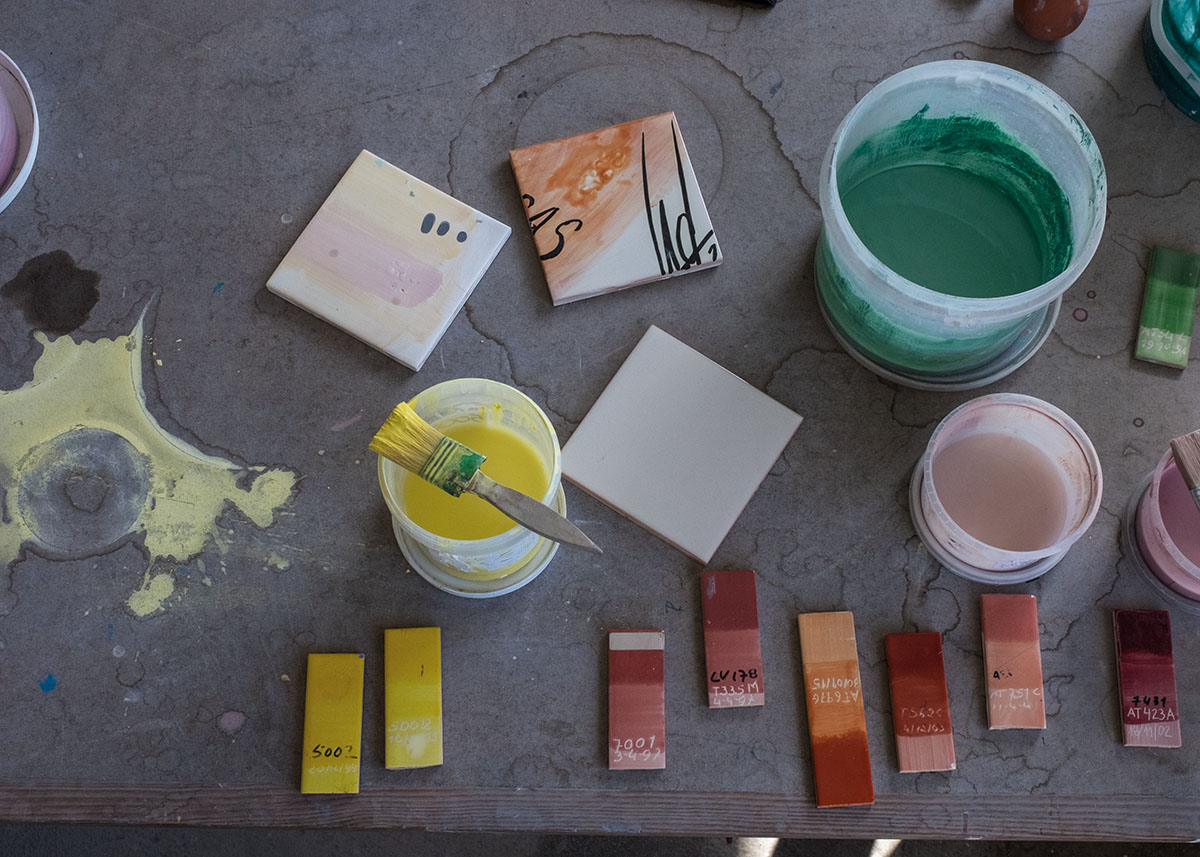

Marola, on the other hand, draws inspiration from the coast, where sand shaped by receding waves reveals soft, fossil-like impressions. Its asymmetrical surfaces, enhanced by enamel-filled grooves, come to life in large-scale compositions designed for serene façades or immersive interiors.
“For Viúva Lamego, it is a privilege to partner with a studio of such international reputation,” emphasized the brand’s CEO, Gonçalo Conceição. “These collections reflect the versatility of the tile and our commitment to projecting it into the future while preserving our connection to tradition.”


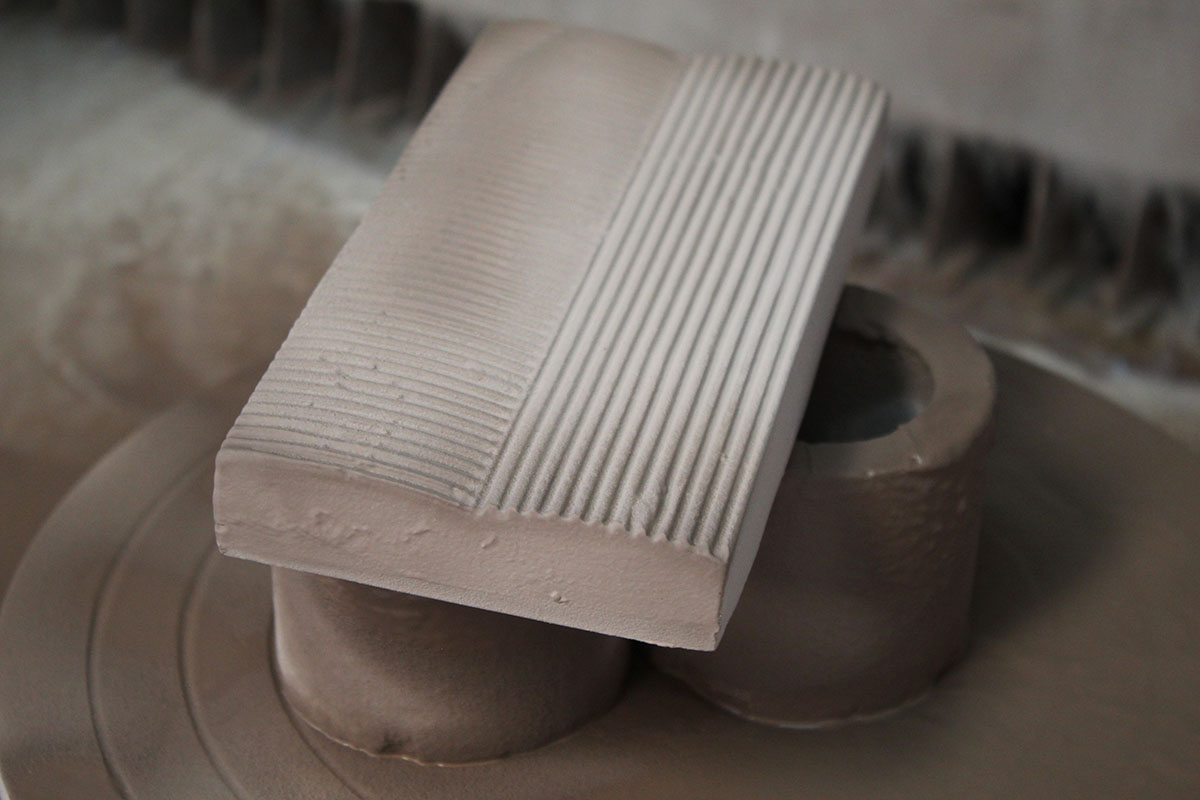

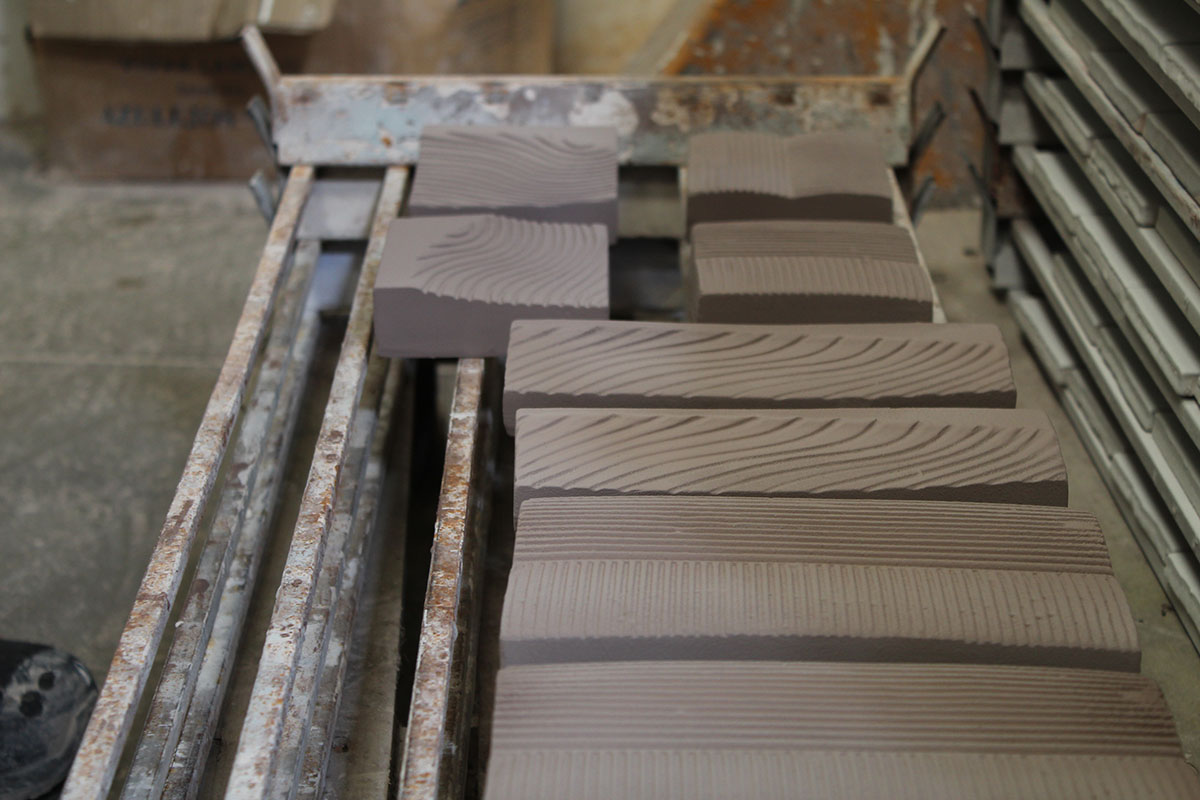

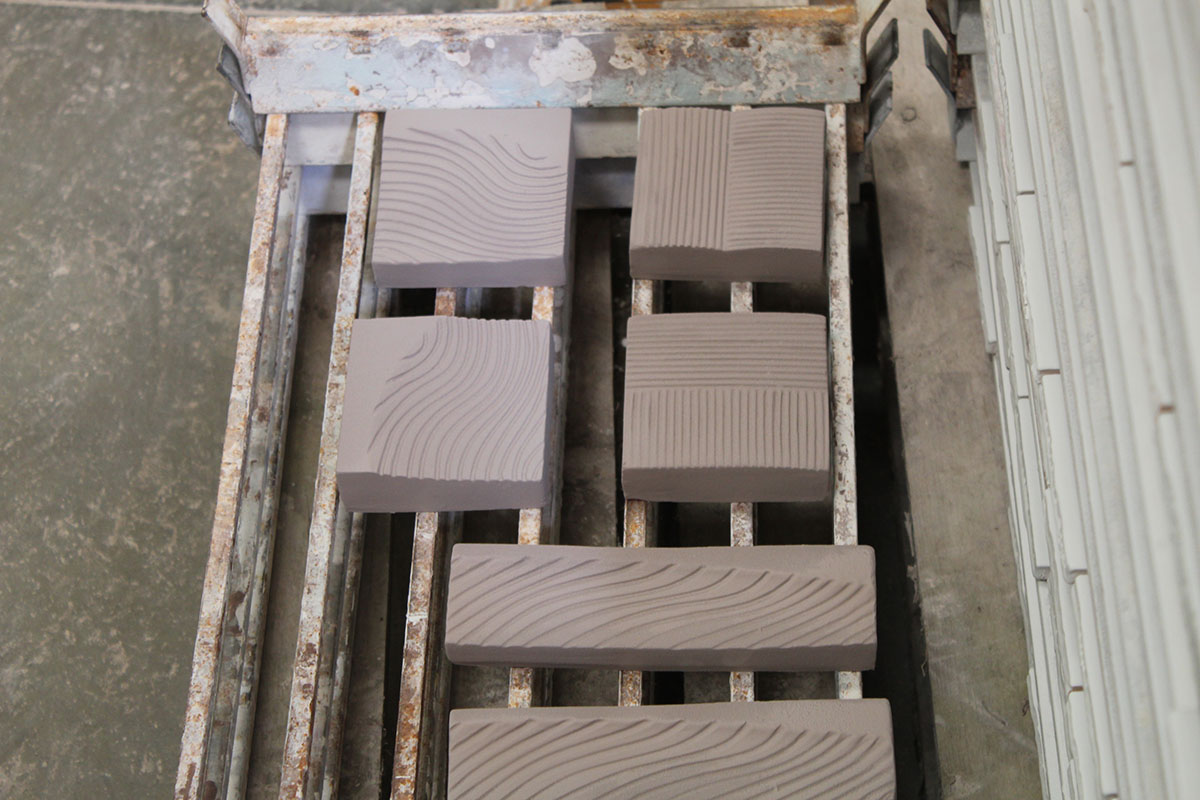

Produced at the brand’s historic Lisbon atelier, both collections are available in white, green, blue, ochre, and black, hues that evoke the natural tones of the Portuguese landscape. The harmony between craftsmanship and design confirms Viúva Lamego’s enduring role as both guardian of ceramic art and interpreter of contemporary aesthetics.

